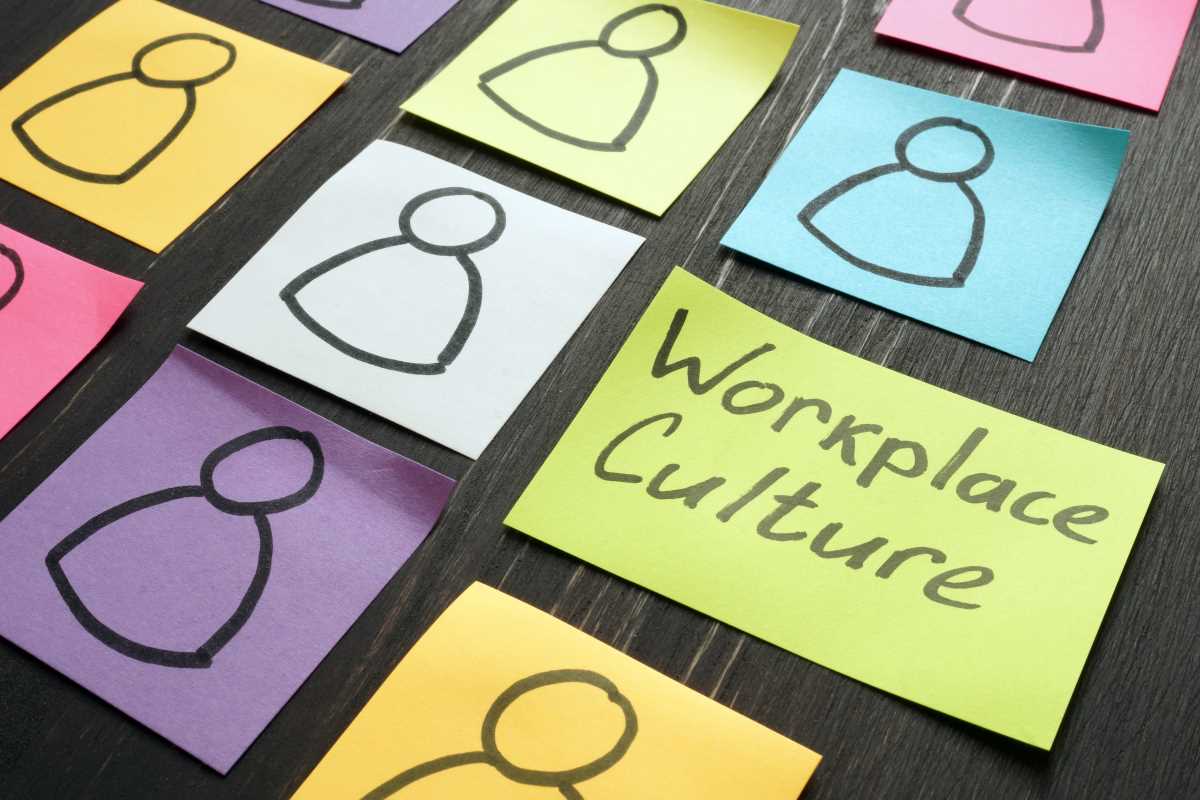Workplace conflict is inevitable. Whenever you bring a group of passionate, intelligent people together, disagreements are bound to happen. They can range from minor squabbles over the office thermostat to serious disputes about project direction or communication styles. While some level of healthy debate is productive, unresolved conflict is like a poison. It erodes trust, tanks morale, kills productivity, and can ultimately drive great employees away. As an HR professional, you know that your role often involves being a mediator, a diplomat, and a peacekeeper. However, waiting for conflicts to escalate until they land on your desk is a reactive strategy. A much more effective approach is to proactively build a clear, well-defined path for conflict resolution that empowers employees to handle disagreements constructively on their own, long before they turn into major blow-ups.
Encourage Direct, Respectful Conversation First
The first and most important step in any conflict resolution process should always be to encourage the individuals involved to try and resolve the issue themselves. This might sound obvious, but in many workplace cultures, employees feel they have to immediately escalate issues to their manager or HR. This creates a dependency culture and prevents employees from developing crucial communication and problem-solving skills. Your formal process should explicitly state that, when appropriate and safe, the preferred first step is a direct conversation between the parties. You can support this by providing training and resources on how to have difficult conversations. Teach employees simple frameworks, like using "I feel" statements instead of "You did" accusations. For example, instead of saying, "You always interrupt me in meetings," encourage them to say, "I feel frustrated when I'm not able to finish my thought in meetings." This simple shift from blame to personal experience can completely change the dynamic of a conversation, making it less confrontational and more collaborative.
Define the Manager's Role as a Coach
If a direct conversation doesn't work or isn't appropriate, the next logical step is for the employee to go to their direct manager. However, the manager's role at this stage should be that of a coach, not a judge. Too often, managers swoop in to "fix" the problem by declaring a winner and a loser. This rarely solves the underlying issue and can create resentment. Your conflict resolution policy should guide managers to act as facilitators. Their job is to help their team members find their own solution. A manager can do this by listening to each person's perspective separately, helping them clarify the core issues, and then coaching them on how to approach another conversation. The manager might facilitate a joint meeting, but their role should be to ensure the conversation stays respectful and focused on a solution, not to dictate the outcome. This approach builds the team's conflict resolution capabilities and reinforces the manager's role as a supportive leader.
Establish HR as a Formal, Neutral Mediator
When conflicts persist despite attempts at direct resolution and managerial coaching, it's time for HR to step in. This is the stage where a more formal process is required. Your policy should clearly define when and how employees can bring a conflict to HR. It’s crucial that HR is positioned as a neutral third party. Your role is not to take sides but to facilitate a structured mediation process. This involves creating a safe space where both parties can share their perspectives without interruption. An HR mediator's job is to listen actively, reframe issues, and help the individuals identify common ground and brainstorm potential solutions. The goal of mediation is not to impose a solution but to guide the parties toward a mutually agreeable outcome that they create themselves. This ownership is key to ensuring that the resolution is lasting. The policy should outline the steps of this mediation process so employees know exactly what to expect.
Know When to Launch a Formal Investigation
There are certain conflicts that go beyond simple interpersonal disagreements and require a formal investigation. Your conflict resolution path must clearly distinguish between a dispute that is appropriate for mediation and an issue that alleges a serious policy violation. Allegations of harassment, discrimination, bullying, theft, or other forms of misconduct should immediately trigger a formal investigation process. The policy needs to be unambiguous about this. It should define these serious offenses and direct employees to report them to HR or another designated leader immediately. Unlike mediation, which is a collaborative process, an investigation is a fact-finding mission to determine if a company policy has been violated. The policy should provide a high-level overview of the investigation process, assuring employees that such complaints will be taken seriously, handled confidentially to the greatest extent possible, and that the company has a strict non-retaliation policy.
Document and Follow Up
No matter how a conflict is resolved, documentation is a critical final step. This doesn’t mean creating a "permanent record" to be used against people. Instead, it’s about creating a simple, confidential summary of the resolution. If a resolution was reached through mediation or managerial coaching, documenting the agreed-upon actions provides clarity and a reference point for the future. It serves as a commitment from the involved parties. Following the resolution, a simple follow-up is essential. The manager or HR professional who facilitated the process should check in with the employees after a week or two to see if the agreed-upon solution is working. This shows that the company is genuinely invested in a lasting resolution and isn't just trying to check a box. This follow-up can help address any lingering issues and reinforces the organization's commitment to a positive and respectful workplace.







